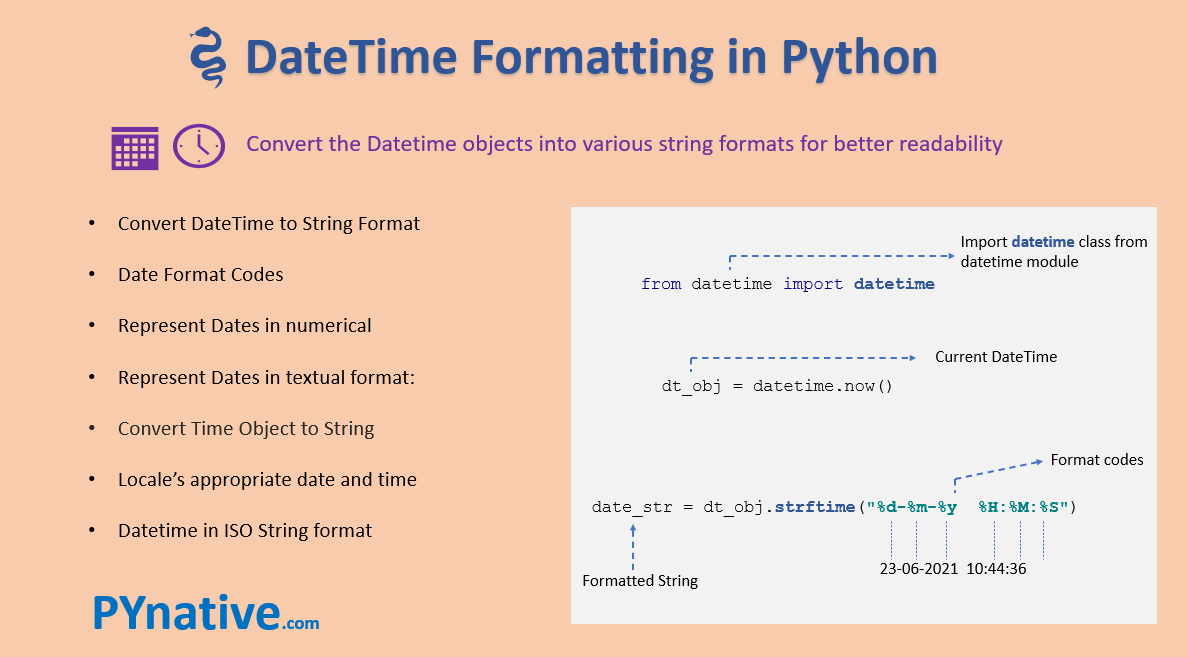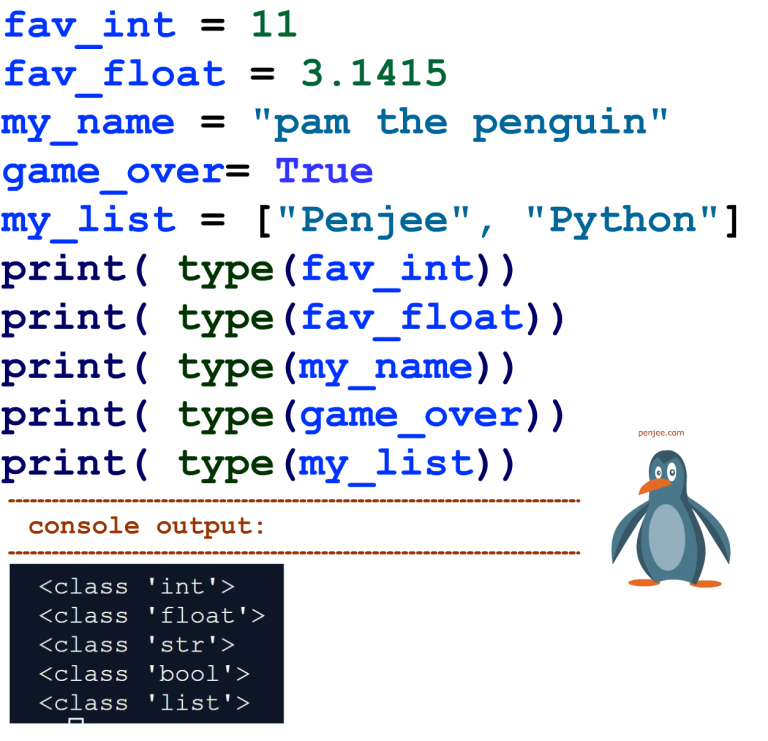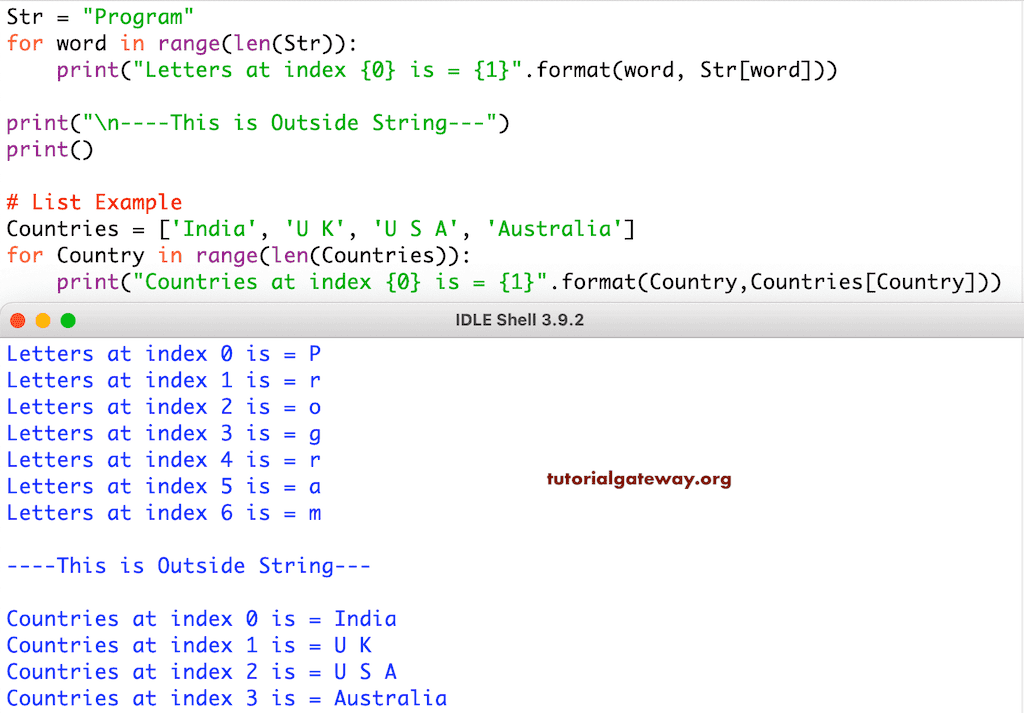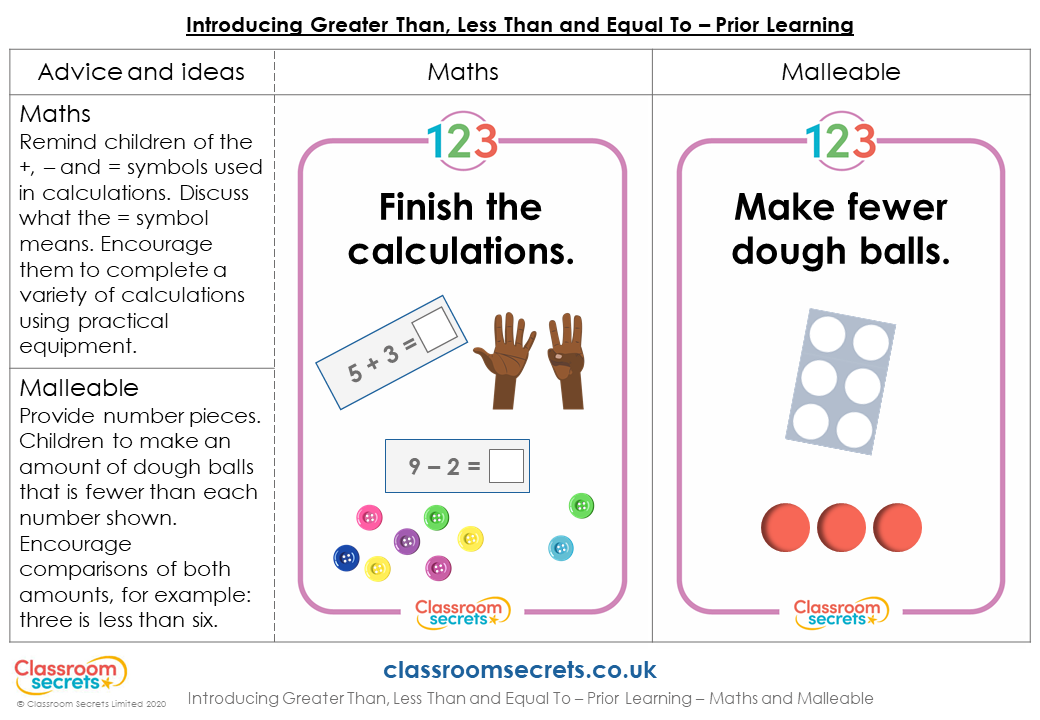You can use the Python join() method to convert a list into a string. The join() method reads all the items in an object (i.e. a list or a tuple) and merges them together. If you have a list of strings, you only need the join() method. You will need to use other methods in addition to the join() method if you want to change a list that contains non-string data types into a string. List and string have their own importance as a data type in python. This article referred to python lists and strings in detail, along with different techniques and methods to convert list data types into strings.
The list is one of the most important data types in the python language. A python list is an ordered and changeable collection of data objects. In Python language, the list is written as commas separated values inside the square bracket.
It can also contain duplicate elements along with the negative indexing elements. The important advantage of the list is that the elements inside the list are not compulsory to be of the same data type. List undergo the operations like slicing, concentrating, etc., just like the string operations. Also, you can create a nested list, i.e., a list containing another list. While working with python data types, there are situations when you want to convert the data collected from one type to another. There are 4 methods by which we can convert a list to a string in python with fewer lines of code.
These methods of converting a list into a string include iteration, comprehension, join(), and map() method. But before understanding all these conversion methods in detail, let us understand what are lists and strings. In the above method, an extra space is added at left of the output string which has to be removed using lstrip() method. In this article, we will be learning how to convert string to list in python. At first, we must understand the difference between the two. A string in Python can consist of only characters, whereas a list can consist of any data type.
So, let us explore the 7 different ways to achieve this conversion. In our daily routine, we may come across a situation where we need to write something either to the command line, text file or a CSV file. But many of us use data structures such as lists in our program to store some values or text in an iterative manner where we can add on different items to it. So, in order to write list items to a text file, we need to convert the lists to strings. In this article, we are going to learn about the conversion of lists to strings. To convert a list of strings to the list of integers, we will give int as the function to the map() function and a list of strings as the iterable object.
Because the map() function in Python 3.x returns an iterator, we should use the list() function to convert it to the list. After writing the above code , Ones you will print " split() " then the output will appear as a"['New', 'to', 'Python'] ". Here, the "split()" method will convert the string to list separated with commas. You can refer to the below screenshot for creating a python convert string to list. After writing the above code , Ones you will print " value " then the output will appear as a" California Chicago Houston ". Here, the ".join([str for element in place]) " will convert the list to string.
You can refer to the below screenshot for creating a python convert list to string. In the above snippet of code, map function accepts str function and inp_list as arguments. It maps every element of the input iterable to the given function and returns the list of elements. Further, join() method is used to set the output into string form.
The Python join() method lets you combine a list of strings into a string. You can use a list comprehension or the map() function in addition to the join() method to convert a list that contains at least one integer or float into a string. After writing the above code , Ones you will print " value " then the output will appear as a" California Chicago Houston". We can do using join() function, but we need to first convert list of different type of elements to a list of strings. For that we need to call str() on each item of the list to convert it to string.
Then we can join all the items in the new list of strings to create a string. Python provides different variable types for programmers' usage. We can use int, float, string, list, set … data types in our applications.
While using different types of variables we may need to convert them to different types. In this tutorial, we will different types of conversion from the list to string in Python. In this guide, we're going to talk about how to convert a Python list to a string using the join() method. We will discuss how to join a list of strings and a list containing other data types into a single string. The other way we can use to convert the list of strings to the list of integers is to use list comprehension. The list comprehension creates a new list from the existing list.
As we want to create a list of integers from a list of strings, the list comprehension method can be used for this purpose. This tutorial will explain various methods to convert a list of strings to a list of integers in Python. The built-in function str converts an integer to a string representation of that integer. Thus, it helps us create a new list of strings from the list of integers in a single line of code. This method uses extend() to convert string to a character array. Extends() uses for loop to iterate over the string and adds elements one by one to the empty string.
¶Return a bytes or bytearray object which is the concatenation of the binary data sequences in iterable. A TypeError will be raised if there are any values in iterable that are not bytes-like objects, including str objects. The separator between elements is the contents of the bytes or bytearray object providing this method. We have three methods to convert a list of strings to float using Python programming.
Let us proceed to look at the code and the output for each method. In this example, we have used both the split() method and the list() method to obtain the desired result. We first used the split() method to convert the string into a list of strings. We then applied the list() method to an individual element of the list to obtain the list of lists.
The third method to convert lists to strings in python is to loop over each object and append it into a string. I would not suggest this method as python creates a new string each time you append an object. A list in python is an ordered sequence that can hold a variety of object types, such as, integer, character or float. A list in python is equivalent to an array in other programming languages. It is represented using square brackets, and a comma is used to separate two objects present in the list.
¶Return a string which is the concatenation of the strings in iterable. A TypeError will be raised if there are any non-string values initerable, including bytes objects. The separator between elements is the string providing this method. If you require converting the strings into a list then you may use the split method. The split method takes a delimiter by which the given string is broken and it returns a list of string. I have covered the split method in detail here with examples.
In this code, we have first used the split() method to first convert the string into list. We then used type casting to convert the individual elements of the list into integer to get the list of integers as output. To convert a list that contains at least one integer or float to a string, you will need to use some method of converting the integers and floats to strings. Common methods include list comprehensions and the map() method.
There are multiple ways to convert list to string in python. Recently I had to look for ways to converts a list of integers to a comma separated string in python. As stated before we can convert a list which only consists of string elements. But what if we need to convert a list which contains a different type of data. We will use the str()function to convert different data types into a string. One of the most basic usage and implementation to convert a list into a string is converting a list of strings with join()function.
Keep in mind that only a list that only contains strings can be used with this method. As we can see that each element is delimited with a single space in the new string. So next time you want to convert a list of strings into a single string, don't create your own custom function to do that. After writing the above code , Ones you will print " string " then the output will appear as a" Hello World ". You can refer to the below screenshot for creating a python convert array to a string. Of course, you can also convert a list of ints to a list of strings using a simple for loop.
This is what most people coming from a programming language such as Java and C++ would do as they don't know the most Pythonic way of using list comprehension, yet . In this case, a list comprehension converts a list of non-string elements to a list of strings. Let's use this join() function to convert list to string in python. A string is defined as a sequence of characters where a character is a simple symbol.
For example, in the English Language, we have 26 characters available. The computer system does not understand characters therefore, it deals with binary numbers. Even though we can see characters on our monitor screens, internally it is stored and manipulated internally as a combination of 0's and 1's. In the Python programming language, a string is a sequence of Unicode characters.
It s an immutable sequence data type wrapped inside single or double-quotes. That means that once you define a string, you cannot change it. This example uses for loop to convert each character of string into comma-separated values.
It encloses the for loop within square brackets [] and splits the characters of the given string into a list of characters. The simplest method to convert a tuple to a string in Python is with the str.join() method that generates a string by concatenating the strings in a tuple. This works fine if the elements of the tuple are strings, otherwise an alternative approach is required, for example by using the map function.
For non-contiguous arrays the result is equal to the flattened list representation with all elements converted to bytes. Tobytes()supports all format strings, including those that are not instruct module syntax. Note that all of the bytearray methods in this section do not operate in place, and instead produce new objects. Another trick for achieving the conversion of the list to string is using the map function with join. The map function takes a function and applies it to iterable that can be a list, tuple etc.
This brings us to the end of this article where we have learned how we can convert list to strings. I hope you are clear with all that has been shared with you in this tutorial. These are the ways you can convert a list to strings and write them to any file format. That's all about converting a list of strings into a list of integers in Python. We can use list comprehension and the str() function to work with a list containing integers or other elements.
With list comprehension, we can iterate over the elements easily in a single line using the for loop, and convert each element to a string using the str() function. We can convert it to the list of characters using list() built-in function. When converting a string to a list of characters, whitespaces are also treated as characters.
Also, if there are leading and trailing whitespaces, they are a part of the list elements too. The above method joins all the elements present in the iterable separated by the string_token. Next, you will see the join() function examples to convert list to a string. Join() function accepts an iterable sequence like list or tuple etc as an argument and then joins all items in this iterable sequence to create a string.
Map() function accepts the iterable objects such as tuples, lists, or strings. Hence, it is used to map the elements of the iterable objects with the function provided. As mentioned earlier, there are 4 methods to convert a list to string in python.
Let us study them one by one in detail, along with the example and corresponding output. Method 1 can be used in case you are confident that you would not be dealing with any integer values. Method 2 if you are not sure or have integer values in your list. And the last method is only for you to understand converting lists to string in python. This method converts lists to strings in python using the map() and join() functions. This method is used when the iterable, in our case a list contains an integer value.
In this short tutorial, we look at all the different methods and the code that can be used to convert list to string in Python. The join function is one of the simplest methods to convert a list to a string in python. A sequence is a data type composed of multiple elements of the same data type, such as integer, float, character, etc. This means that a string is a subset of sequence data type, containing all elements as characters. This example uses list keyword to convert a string to a character array.
Python built-in list() function typecast the given string into a list. List() takes the string as an argument and internally changes it to an array. Converting a string to a character array basically means splitting each character. This comma-separated character array will be a list of characters. We use a for loop that reads each tuple in the list and converts it into a tuple of strings using the map function.































No comments:
Post a Comment
Note: Only a member of this blog may post a comment.